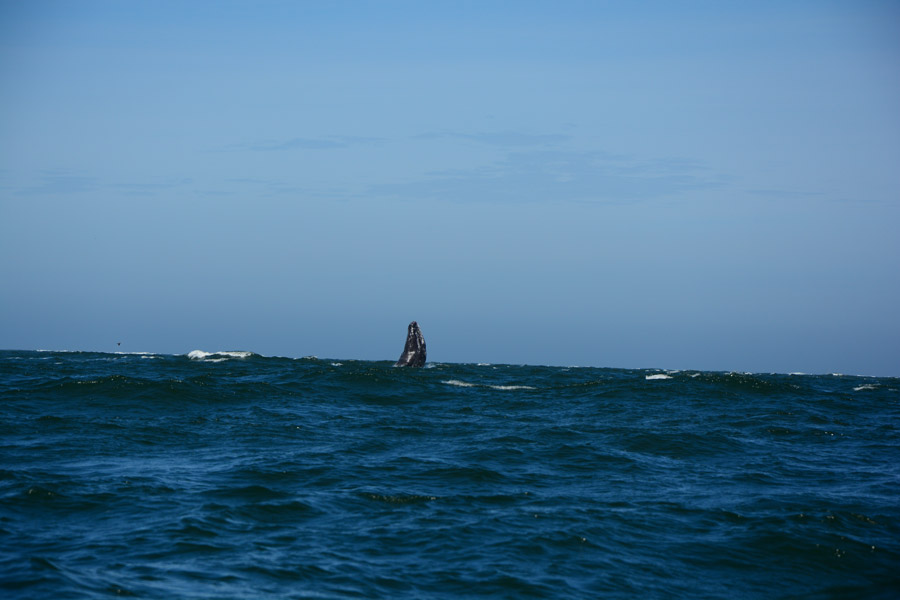



While “whale watching” sounds like a narrow, well-defined activity, the breadth of experiences is as wide as the world’s oceans. Active Junky’s out to make your cetacean-seeking choice – and accompanying expectations – fit your ideal voyage of marine mammal discovery.
Whales are more akin to dogs, with different types carrying vastly divergent body types, swimming, breeding and feeding behaviors. Orcas (killer whales) are known for their striking coloration and athletic behaviors. Blue whales are the biggest of the big (as in, ever) and may behave more sedately. Grey whales are more bulbous in appearance, covered with barnacles and more abraded on one side because they dredge the sea floor for food. Dig in before you dive in as the species you’re seeking determines locations, timing and typical viewing experiences.

Are you looking to see huge creatures rocket out of the waves? Be part of their movement patterns as they surface repeatedly to breathe? Watch a fifteen foot-wide fluke (rear part of the tale) flip skyward as the whale prepares for a deep dive? Look into a whale’s glassy eye for a sense of their intelligence? Simply know that such amazing animals still roam the earth, even if visual evidence of their presence is a low probability? Between selecting a desired species and understanding what constitutes a meaningful experience, you’re much closer to planning a trip.

With more protected marine environments, at least in the western hemisphere, the cycles of migration, breeding and calf rearing are increasingly – but not entirely – predictable. Weather plays a major role, with the number of individuals or groups (commonly called pods, schools or gams) varying across a season. Off coastal California, the January to May season includes several species. The ability to fine-tune plans at the last minute helps. Visiting breeding and nursery waters is a surer bet, as pairs need to stay in a region for at least several months. Recent gray whale sightings near Puerto Lopez Mateos/Baja, Mexico with ROW Adventures in early February meant numerous, viewable calves approaching 15 weeks of age.

What about other marine life forms? Are there schools of fish plying the waters you plan to visit? Are pods of dolphins commonly cavorting in the zone in which you’re motoring or sailing? Perhaps even sea lion or bird colonies to observe from a respectful distance? Geographic features of note? Any or all of these add to the richness of a commercial boat outing; Some of them are more ever-present (meaning, predictable) than others. Also, look for an operator that’s equipped to offer on-shore time for hiking, a lunch and even a much-needed bathroom break. As always, currents, winds and waves mean each guest must prepare for a potential bumpy or rollercoaster ride. Warm and waterproof aren’t bad ideas, either.

Whales normally are seen at a distance where most cameras are insufficient to capture more than a smudge on the horizon. Longer lenses are capable of greater reach but are subject to intense movement in a bobbing boat or one under full throttle. In any case, the effects of salt water are frequently irrevocable such that waterproof cameras are essential; A floating leash is beyond required to minimize overboard loss. In the same way, selfie sticks or tripods mandate safety leashes in the event you slip on a boat deck or get hit with a rogue wave. This is one occasion where the experience – without a camera viewfinder glued to your face – is more about simply being present in the moment versus missing out in a futile struggle to digitally record a poor facsimile of nature’s grandeur.